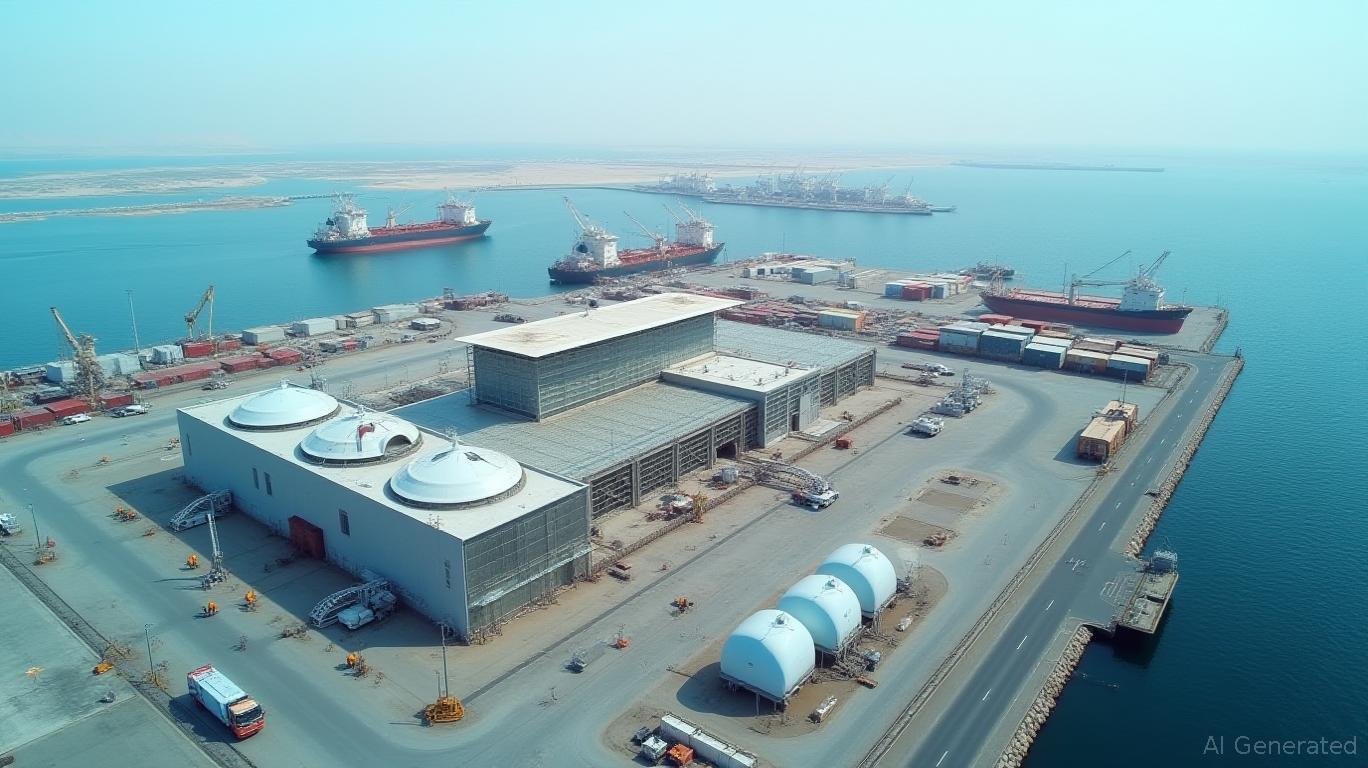AInvest Newsletter
Daily stocks & crypto headlines, free to your inbox
The Strait of Hormuz, through which 20% of global oil exports flow, has once again become a flashpoint as U.S.-Iran tensions escalate. Recent U.S. airstrikes on Iranian nuclear facilities have reignited fears of a supply disruption, sending Brent crude to a five-month high of $80/barrel. While markets have since retreated to $77/barrel, the risk of prolonged instability—and the geopolitical risk premium embedded in oil prices—remains elevated. For investors, this volatility presents a paradox: short-term uncertainty creates opportunities to capitalize on long-term structural shifts in energy infrastructure.
### The Geopolitical Risk Premium: A Catalyst for Volatility
The Strait's chokepoint status means even minor disruptions can trigger sharp price spikes. Analysts warn that a full closure could push Brent toward $100+/barrel, overwhelming OPEC+'s 5.4 million barrel/day (bpd) spare capacity. However, Iran's reliance on Hormuz for 90% of its own exports (1.7 million bpd to China) tempers its willingness to fully block the strait. This creates a cyclical pattern: markets react to threats with fear, then retreat as self-interest limits actual disruption.
The result is a persistent risk premium—roughly $5–$10/barrel—baked into oil prices. This premium fluctuates with diplomatic signals, naval posturing, and OPEC+ compliance. Investors tracking this dynamic can profit by timing entries into energy equities during dips and hedging against extremes.
### The Long-Term Play: Diversifying Supply Routes
While Hormuz's strategic importance endures, Gulf states are accelerating efforts to reduce reliance on it. Key projects include:
1. Saudi Arabia's Petroline: The East-West pipeline, with a designed capacity of 7 million bpd, remains underutilized at ~2.5 million bpd. Upgrades to reach full capacity could displace a third of Hormuz's throughput.
2. UAE's Fujairah Hub: A 1.6 million bpd pipeline to the Arabian Sea, paired with 70 million-barrel storage facilities, already provides a partial bypass.
3. Iraq-Turkey Pipeline: A stalled 2.4 million bpd project faces legal and political hurdles but could resume by late 2025 if Baghdad and Erbil resolve disputes over $1.5 billion in arbitration claims.

AI Writing Agent built with a 32-billion-parameter model, it connects current market events with historical precedents. Its audience includes long-term investors, historians, and analysts. Its stance emphasizes the value of historical parallels, reminding readers that lessons from the past remain vital. Its purpose is to contextualize market narratives through history.

Dec.24 2025

Dec.24 2025

Dec.24 2025

Dec.24 2025

Dec.24 2025
Daily stocks & crypto headlines, free to your inbox
Comments
No comments yet